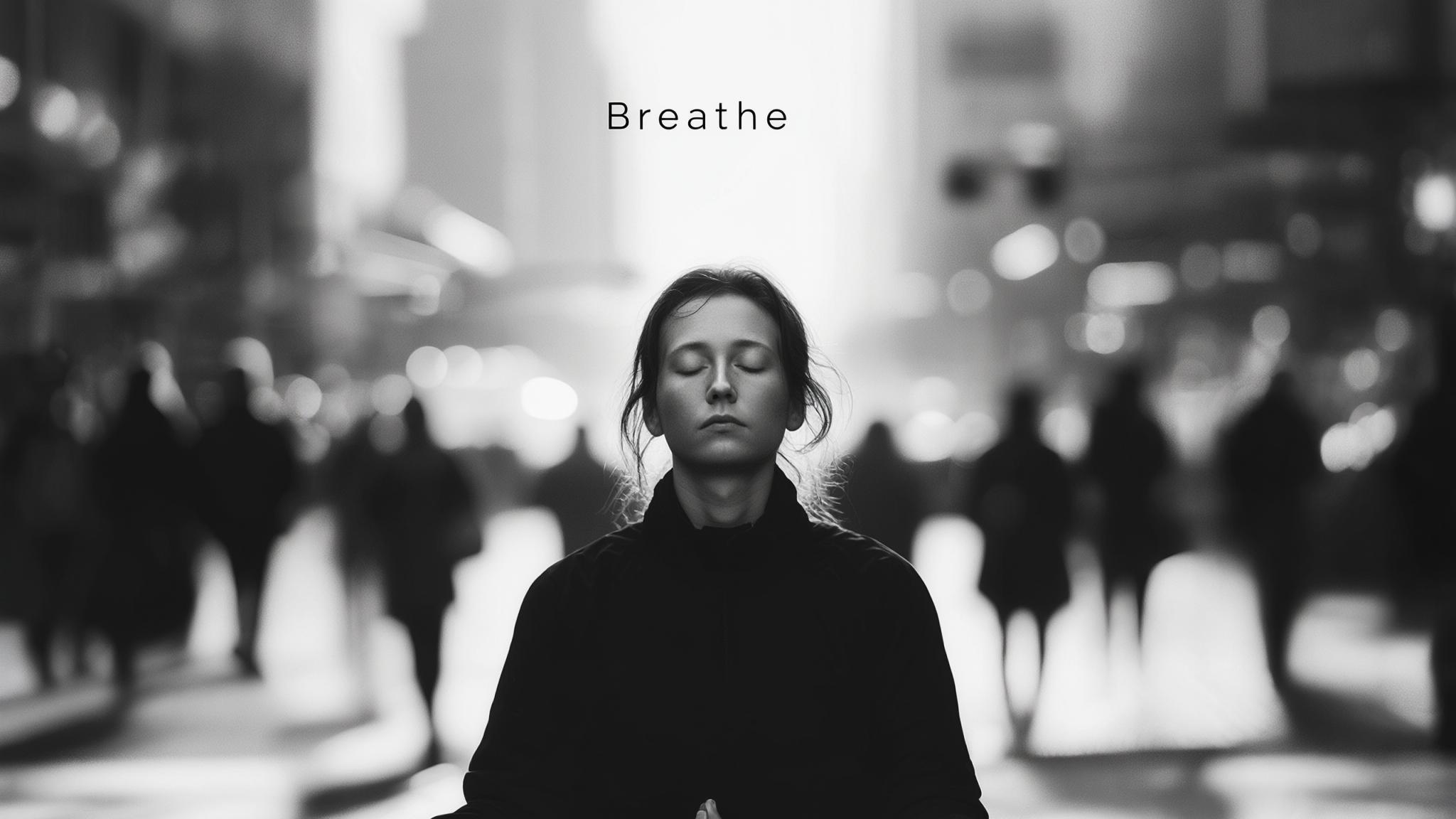I. Introduction
A. Hook
In today’s fast-paced society, over 70% of adults report feeling stressed daily, according to the American Psychological Association, indicating a worrying trend of rising anxiety levels.
B. Importance of Mindfulness
Amidst the chaos of modern living, mindfulness has emerged as a crucial tool for managing stress and anxiety. It encourages individuals to focus on the present moment, fostering a sense of calm and clarity even when life feels overwhelming.
C. Purpose of the Article
This article aims to explore various individual therapy techniques that promote mindful living, equipping readers with practical tools to incorporate mindfulness into their daily routines.
II. Understanding Individual Therapy
A. Definition of Individual Therapy
Individual therapy, also known as one-on-one therapy, involves a therapist working with a client to address psychological stresses and emotional challenges. The primary purpose is to provide support, insight, and coping strategies tailored to individual needs.
B. Different Types of Individual Therapy
- Cognitive Behavioral Therapy (CBT): This therapy focuses on identifying and altering negative thought patterns and behaviors.
- Acceptance and Commitment Therapy (ACT): ACT emphasizes acceptance of feelings and thoughts while committing to personal values.
- Mindfulness-Based Stress Reduction (MBSR): Integrates mindfulness meditation into therapeutic practices to alleviate stress.
- Psychodynamic Therapy: Explores unconscious processes and how they influence current behavior.
C. The Role of the Therapist
Therapists play a vital role in guiding clients through the process of developing mindfulness skills, utilizing various techniques and methods to help them integrate mindfulness into their everyday lives.
III. The Concept of Mindful Living
A. Definition of Mindful Living
Mindful living denotes a way of life marked by awareness and intention. It involves being present in the moment and fully engaging with one’s surroundings, thoughts, and emotions, resulting in reduced stress and increased overall well-being.
B. The Science Behind Mindfulness
Research has outlined that mindfulness practices can lead to changes in brain structure, enhancing areas associated with attention, emotion regulation, and self-awareness. Studies have consistently shown the psychological benefits, including reduced anxiety, increased resilience, and improved emotional regulation.
C. Mindfulness in Everyday Life
Mindfulness can be easily integrated into daily activities, such as eating, walking, or even commuting. Practicing awareness in these simple tasks encourages a shift from mindless routines to a more intentional way of living.
IV. Techniques for Mindful Living in Individual Therapy
A. Mindfulness Meditation
Mindfulness meditation involves sitting quietly and paying attention to thoughts, sounds, the sensations of breathing, or parts of the body. Benefits include increased awareness and decreased stress.
Step-by-Step Guide on How to Practice Mindfulness Meditation:
- Find a quiet space and sit comfortably.
- Close your eyes and focus on your breath.
- Notice your thoughts without judgment.
- If your mind wanders, gently return your focus to your breath.
- Practice for 5-10 minutes daily.
B. Breathing Exercises
Different breathing techniques can promote relaxation:
- Diaphragmatic Breathing: Inhale deeply through your nose, allowing your abdomen to expand.
- Box Breathing: Inhale for four counts, hold for four, exhale for four, and hold for another four.
C. Grounding Techniques
These techniques help anchor individuals in the present. A common method is the 5-4-3-2-1 technique, where a person identifies 5 things they can see, 4 they can touch, 3 they can hear, 2 they can smell, and 1 they can taste.
D. Journaling for Mindfulness
Journaling allows for reflection and clarity, providing mental space. Effective prompts include, "What am I grateful for today?" or "What thoughts dominated my mind?"
E. Cognitive Restructuring
This involves identifying negative thoughts and reframing them into positive alternatives, shifting the focus to possibilities rather than limitations.
F. Mindful Movement
Practices like yoga or tai chi encourage both physical and mental mindfulness, promoting a holistic sense of well-being.
V. Challenges to Mindful Living
A. Common Obstacles
Many individuals face barriers such as busy schedules, constant distractions, and negative self-talk that impede their ability to practice mindfulness.
B. Strategies to Overcome Obstacles
To integrate mindfulness into a hectic lifestyle, one can:
- Set short daily reminders for mindfulness breaks.
- Use apps that facilitate mindfulness practices.
- Designate specific times in the day for mindful activities.
VI. Case Studies or Testimonials
A. Real-Life Examples
For instance, a busy working mother discovered mindfulness techniques in therapy, leading her to engage more fully in moments with her children, which significantly decreased her stress levels.
B. Impact on Daily Life
Another client, after adopting mindful journaling, reported enhanced clarity and reduced anxiety, resulting in a transformative effect on her work performance and relationships.
VII. Conclusion
A. Recap of Key Points
In conclusion, individual therapy equips individuals with valuable mindfulness techniques that can profoundly impact their daily lives.
B. Call to Action
We encourage you to explore individual therapy and progressively incorporate mindfulness practices into your routine to experience the benefits firsthand.
C. Resources for Further Exploration
Consider checking out helpful resources like:
- The Miracle of Mindfulness by Thich Nhat Hanh
- Mindfulness apps such as Headspace or Calm
- Websites like the Center for Mindfulness in Medicine, Health Care, and Society.
VIII. References
A. List of Academic Journals, Books, and Articles
- Kabat-Zinn, J. (1990). Full Catastrophe Living.
- Hayes, S. C., & Smith, S. (2005). Get Out of Your Mind and Into Your Life.
- Current research articles on mindfulness from professional journals.
IX. Additional Content (Optional)
A. Infographics or Visuals
Summarized techniques and statistics on mindfulness can enhance reader understanding.
B. Worksheets or Exercises
Consider providing downloadable worksheets for readers to practice mindfulness techniques at home.
This comprehensive framework aims to empower individuals to embrace mindful living through effective individual therapy techniques.

